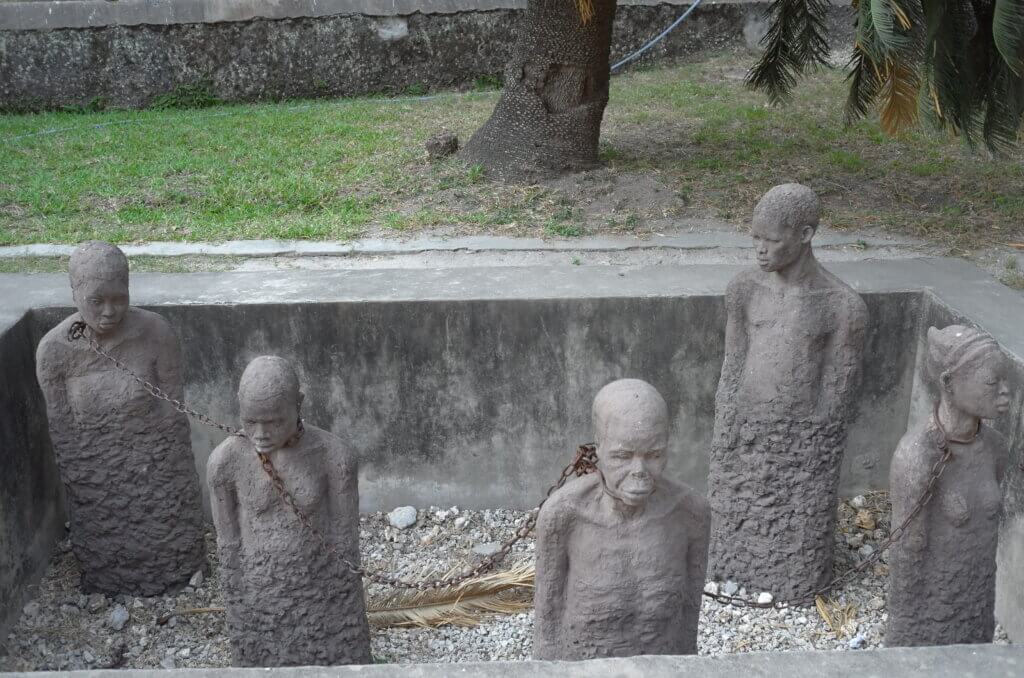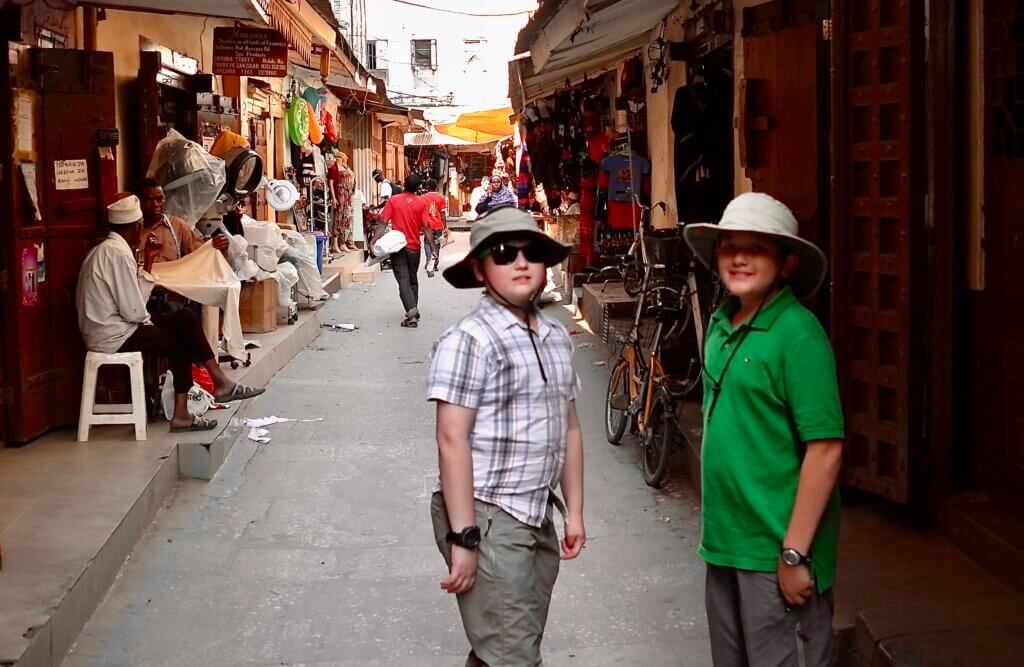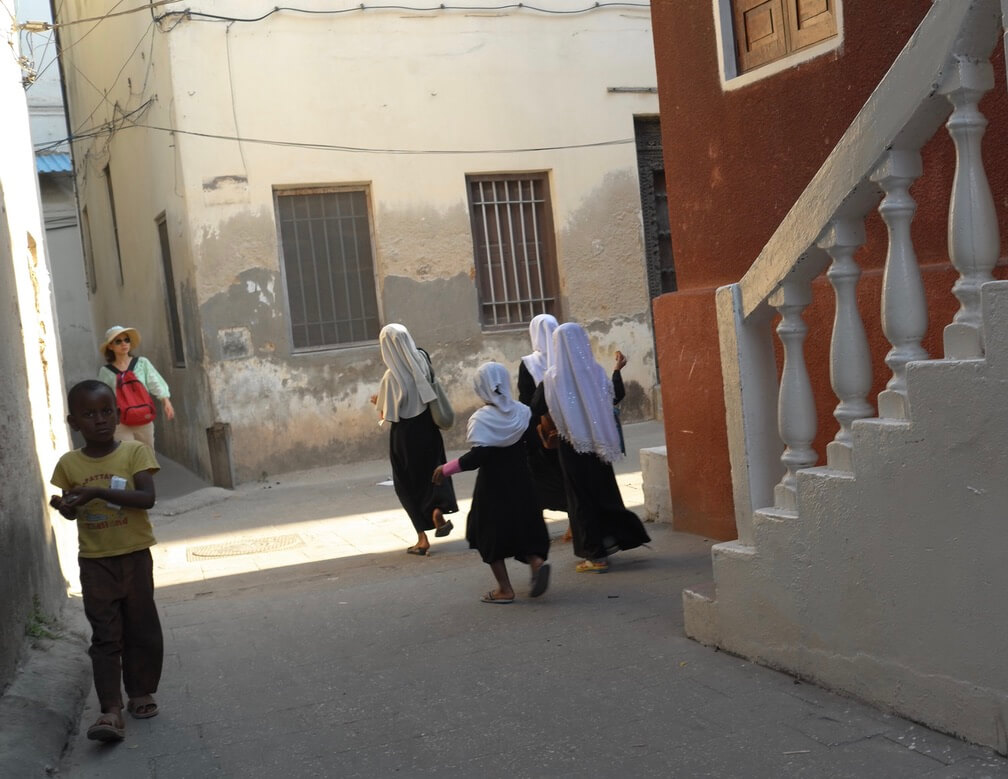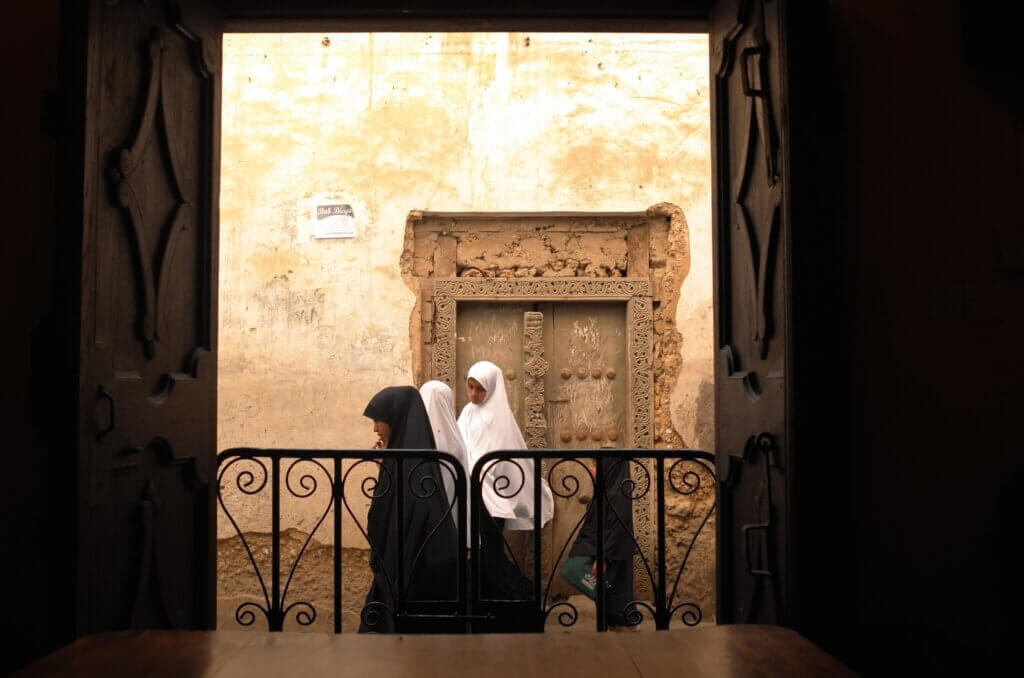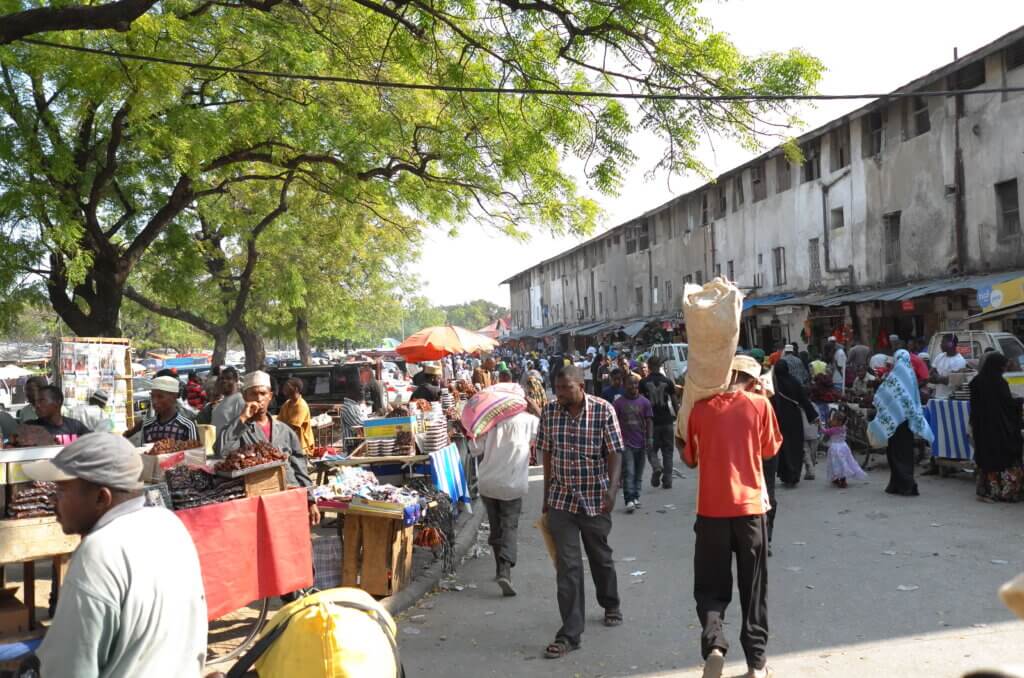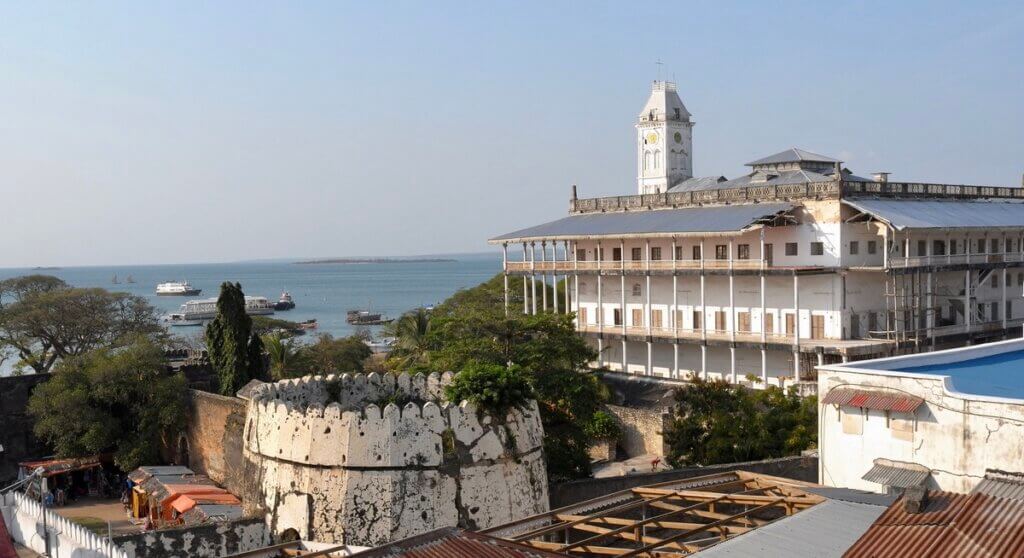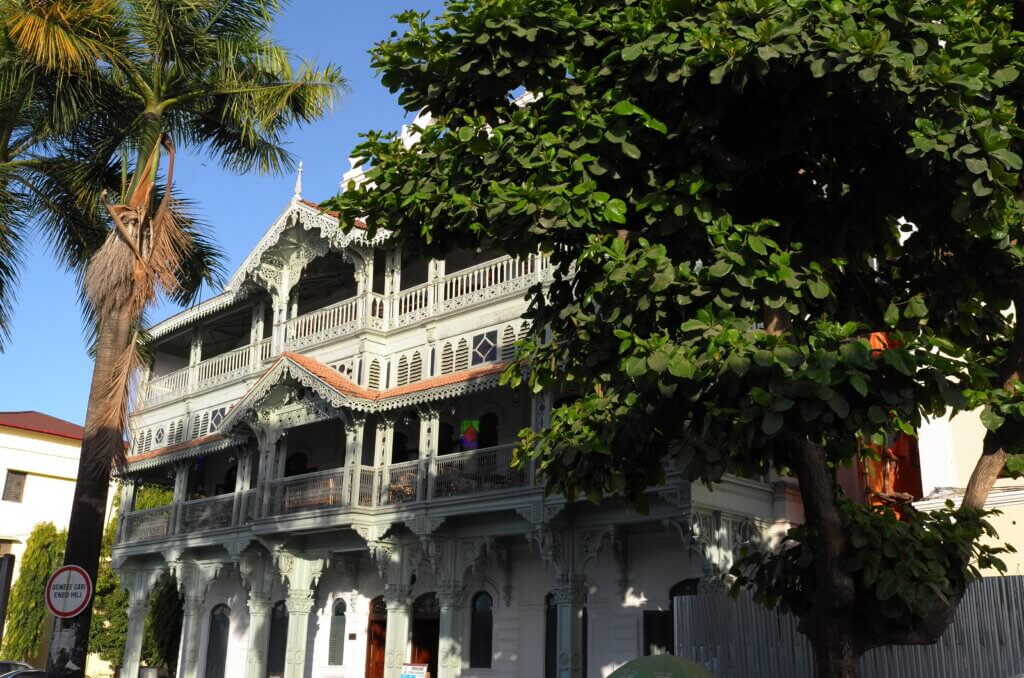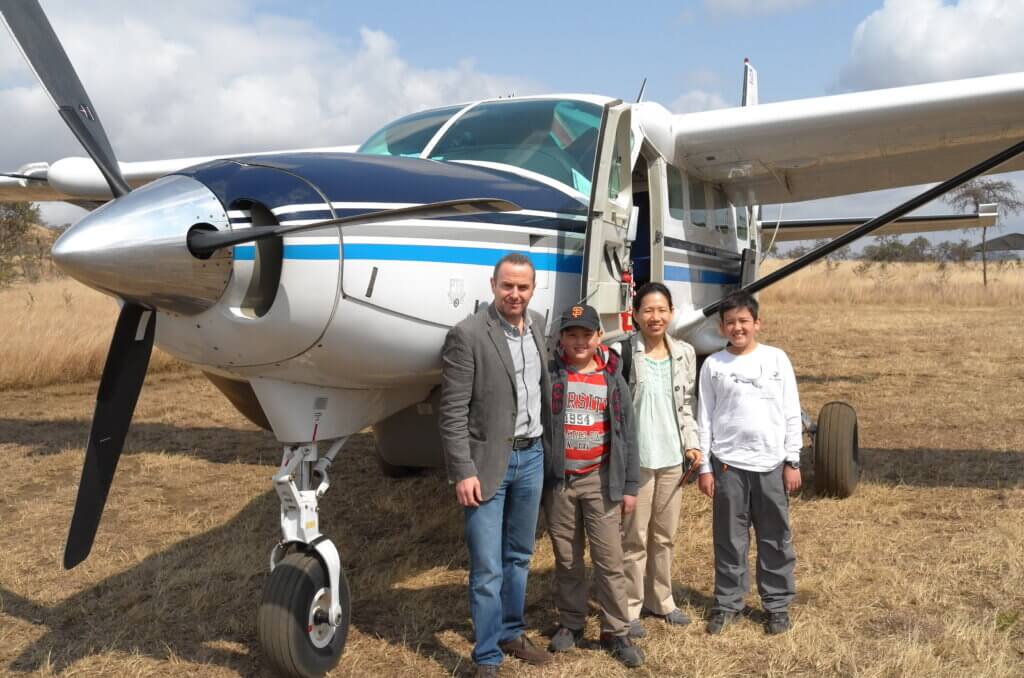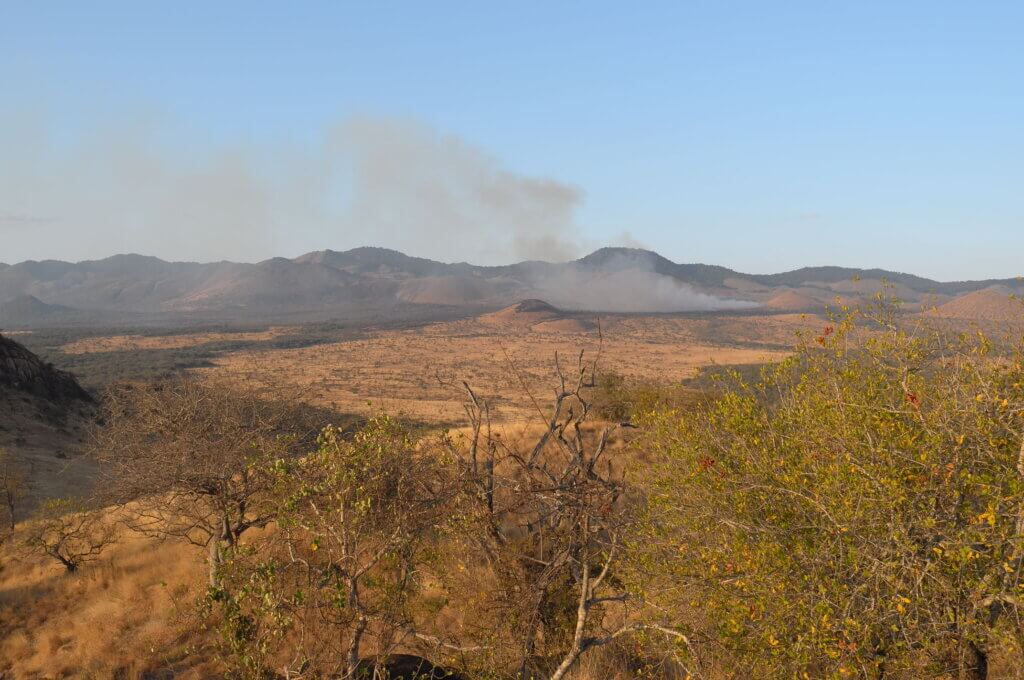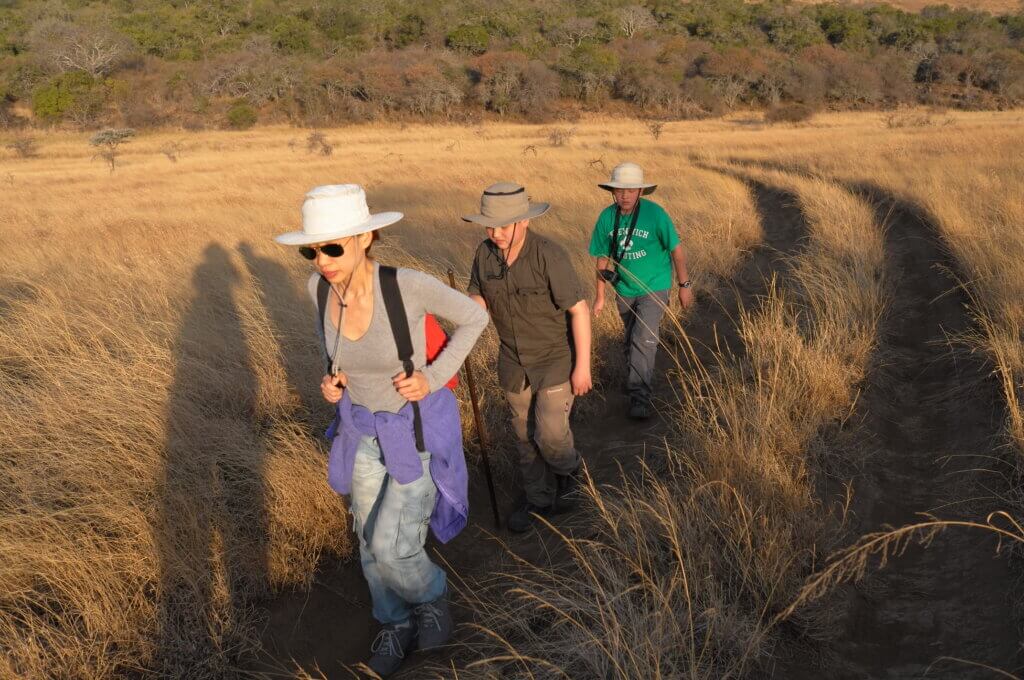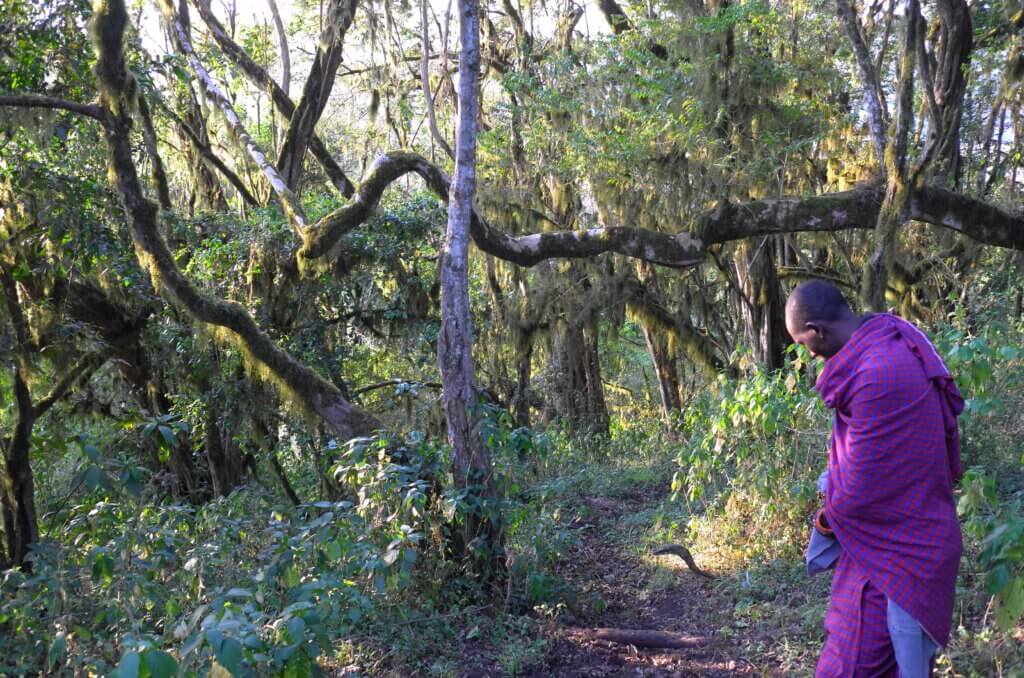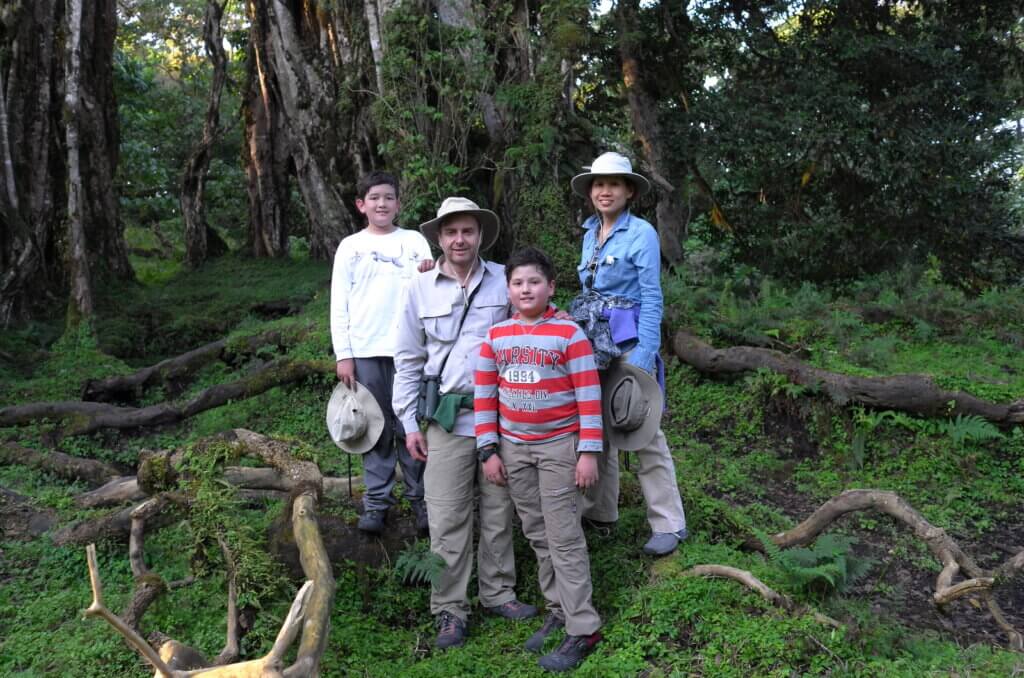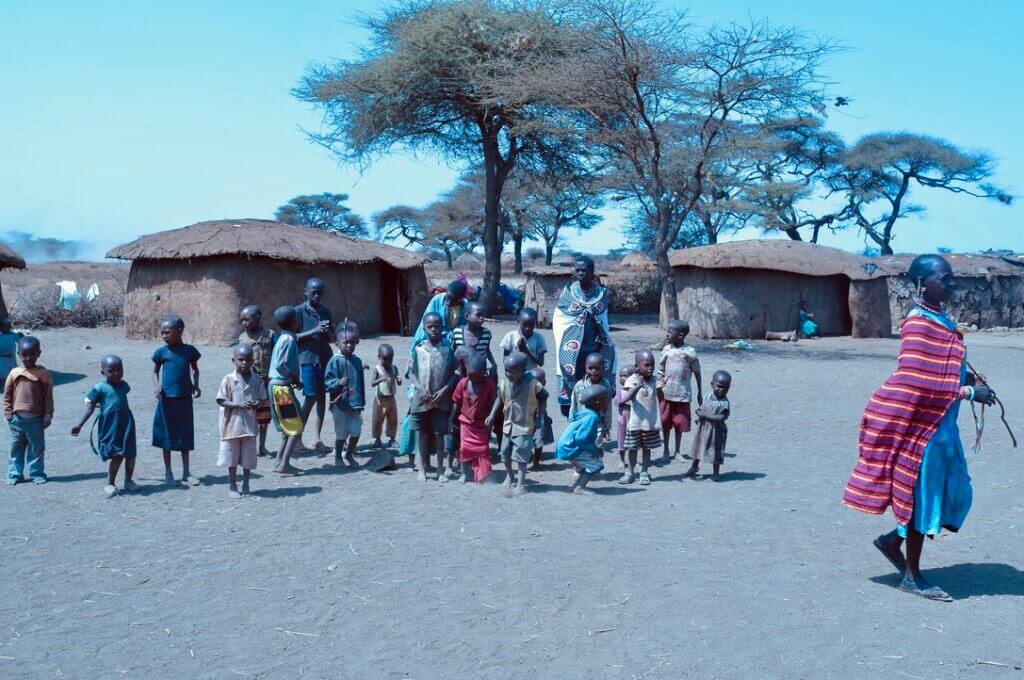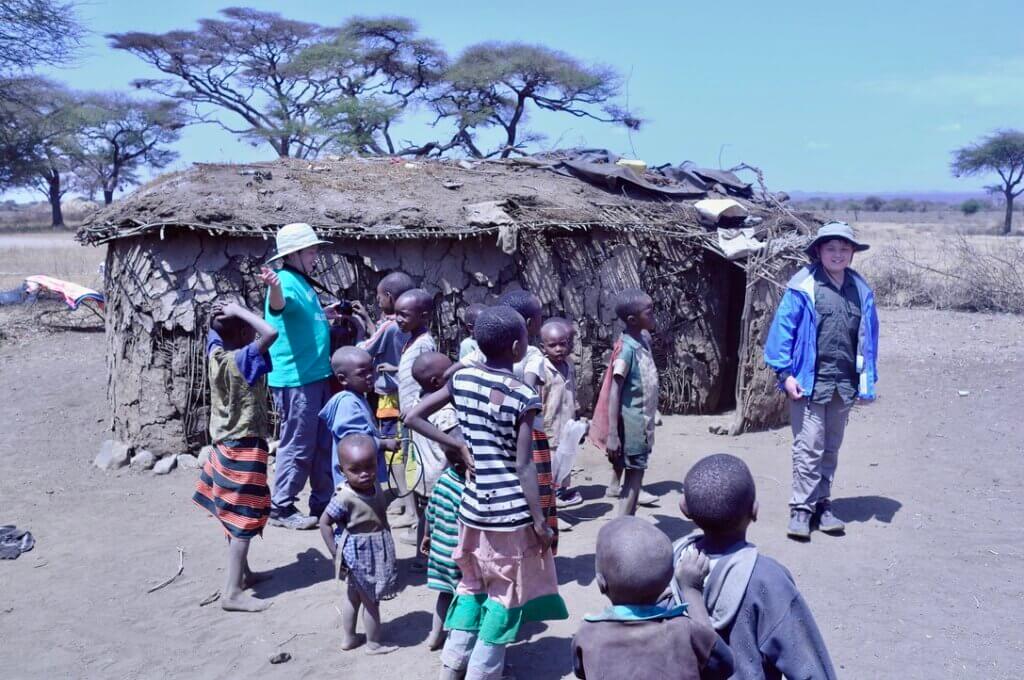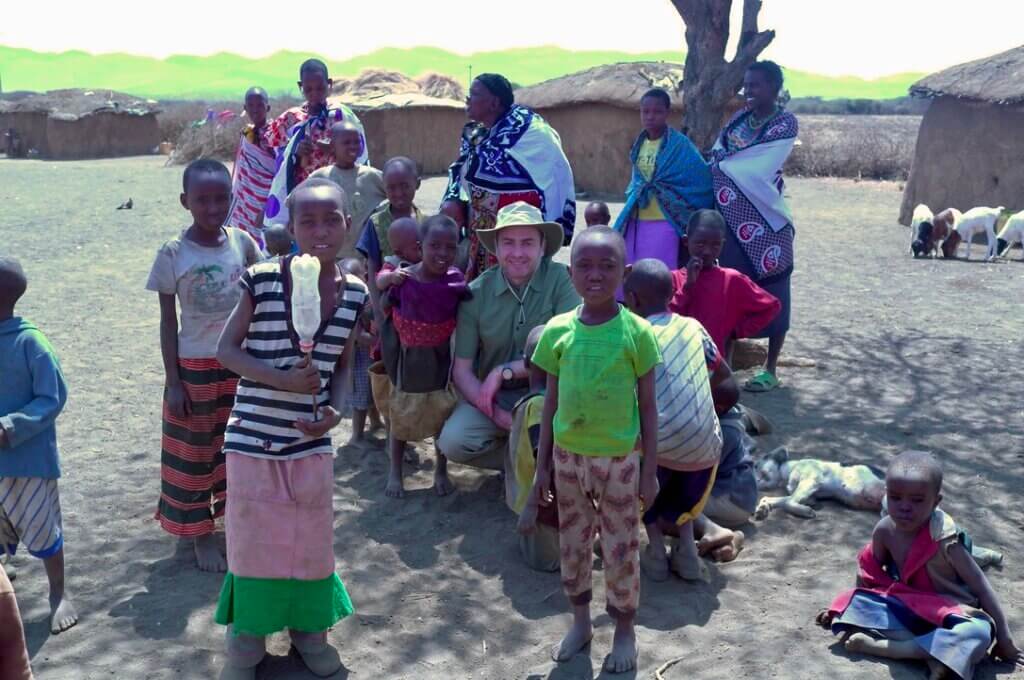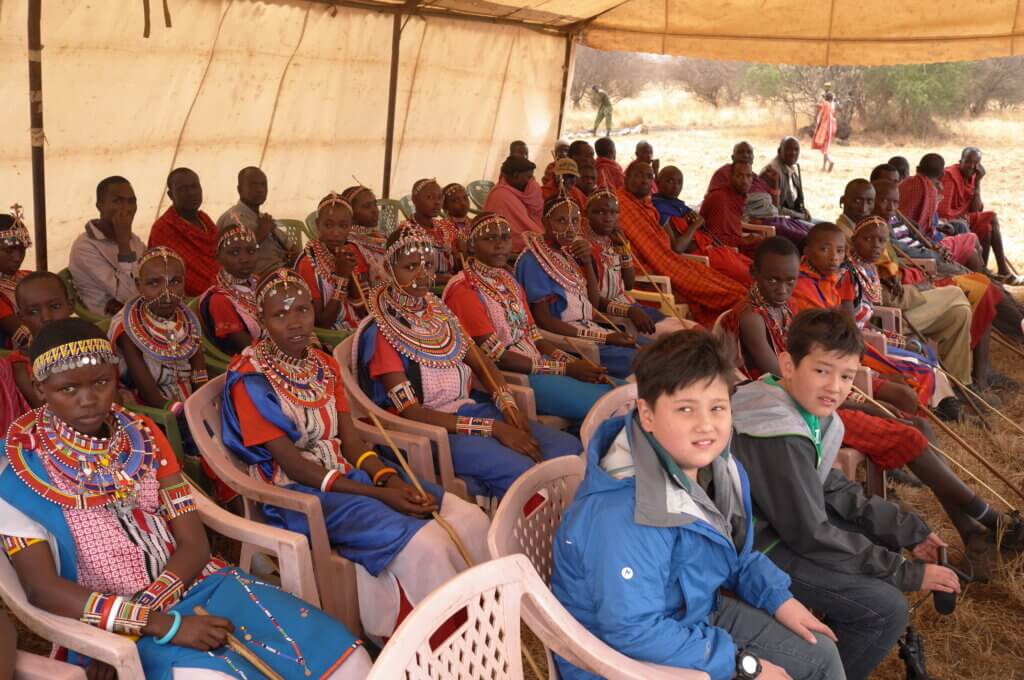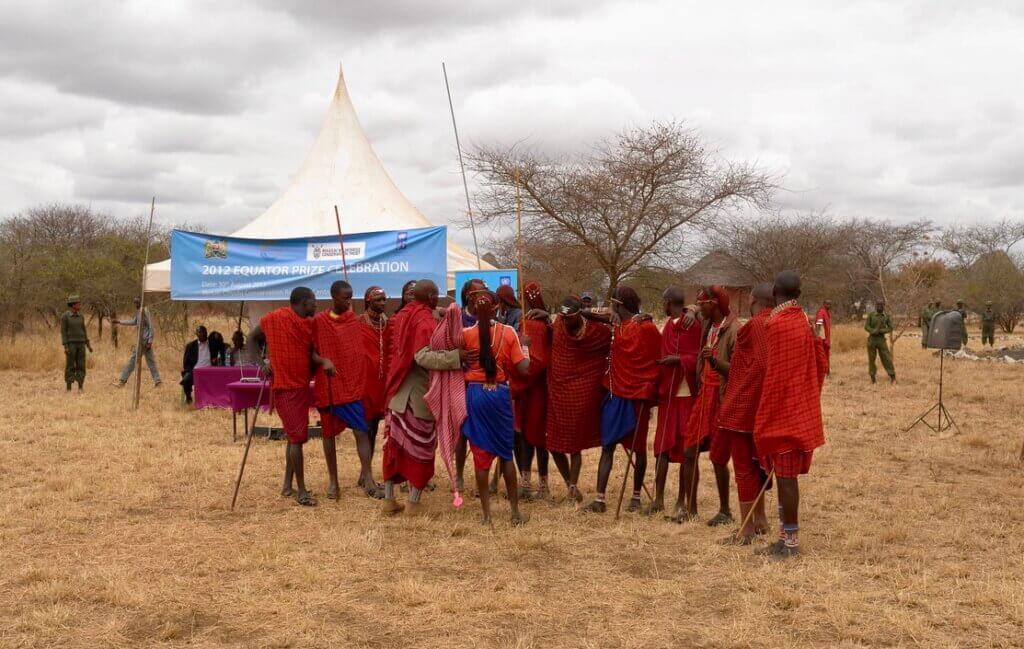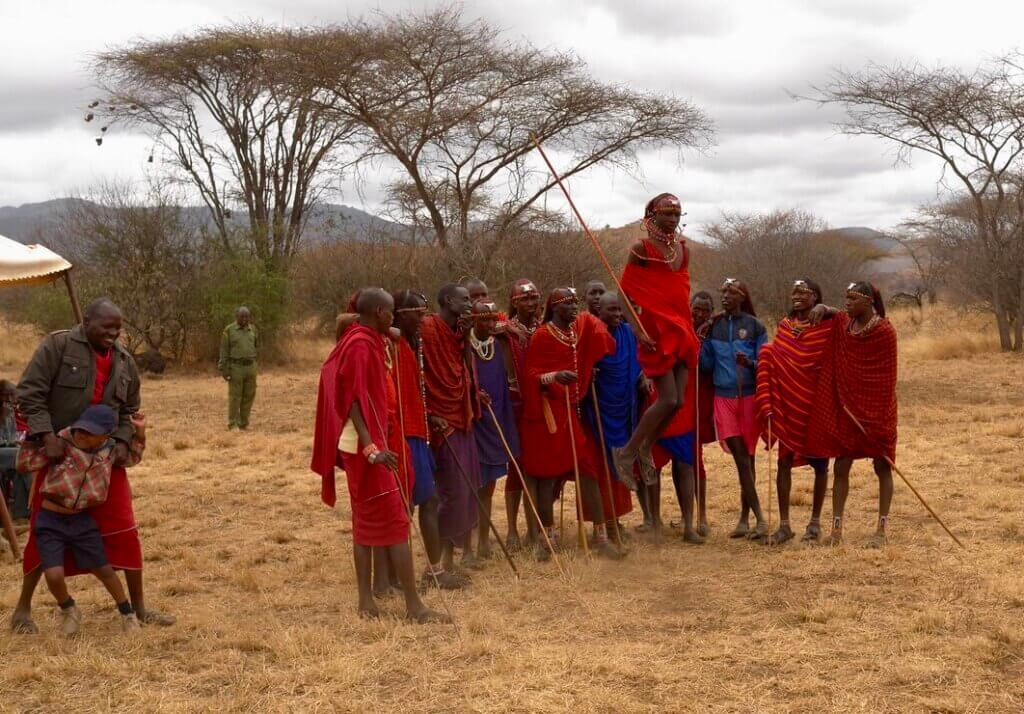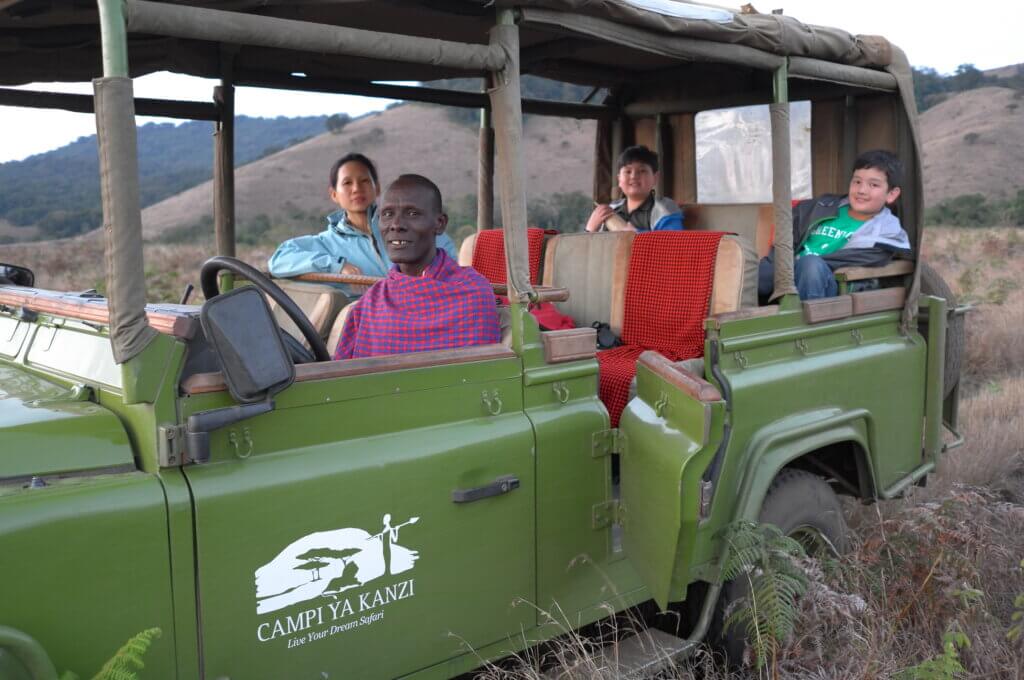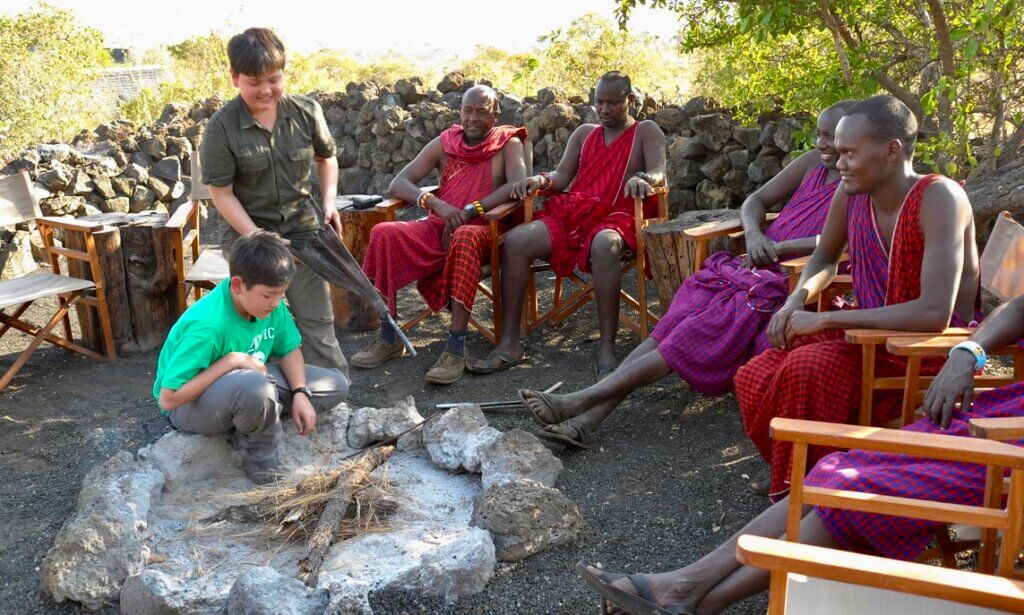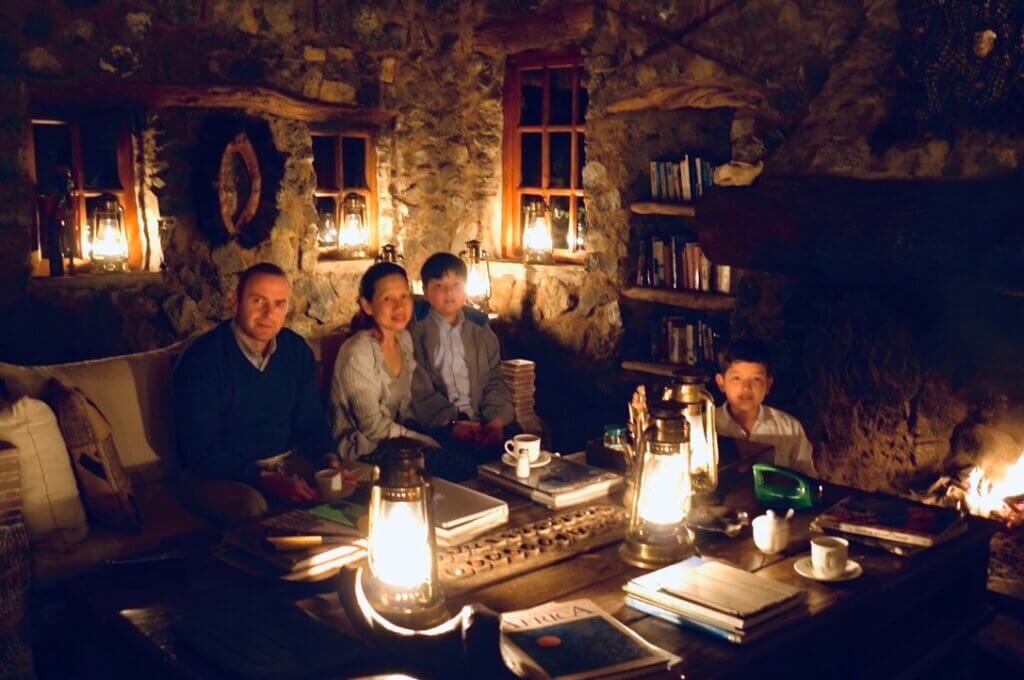Zanzibar was East Africa’s main slave entrepot port until 1873, when the British Parliament voted to abolish slavery and persuaded the Sultan to render it illegal on the island. A cathedral was built in 1874 to commemorate the abolishment of slavery in Zanzibar. Its crucifix is carved from a branch of the tree in Northern Rodhesia (now Zambia) under which the explorer and anti-slavery advocate Dr. Livingstone’s heart is buried.
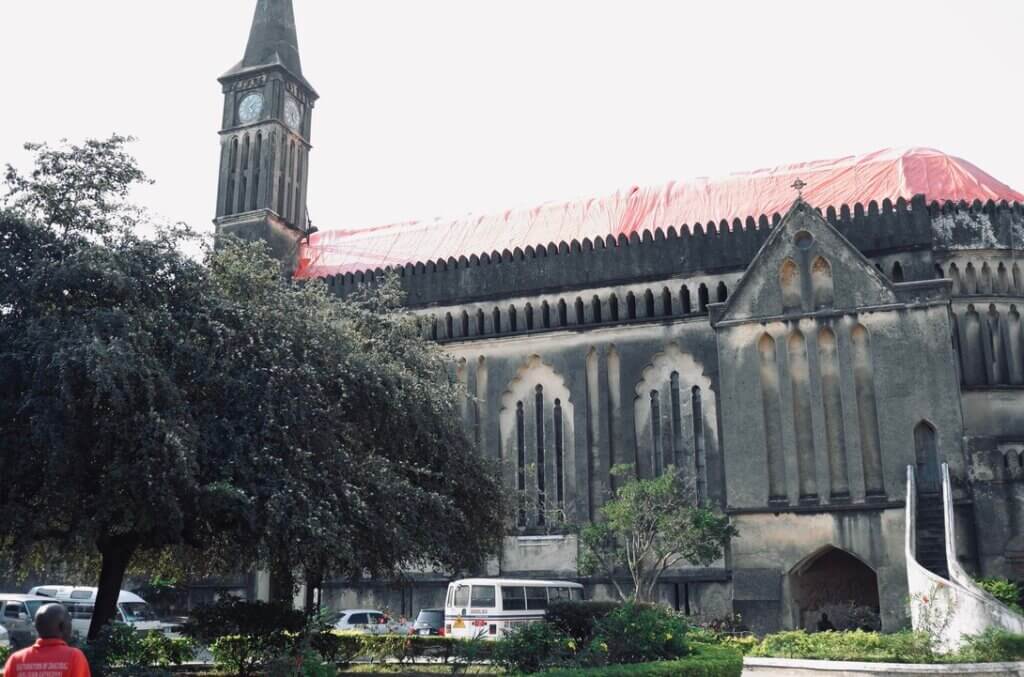
We make a disturbing visit to the old slave market, now the site of Zanzibar’s Anglican cathedral. We visit a chamber, perhaps 300sqft in size, used to keep as many as 75 slaves for the night, until they are auctioned at the market. Slaves were whipped to determine their price. Those who would resist screaming the longest would fetch the highest price.
